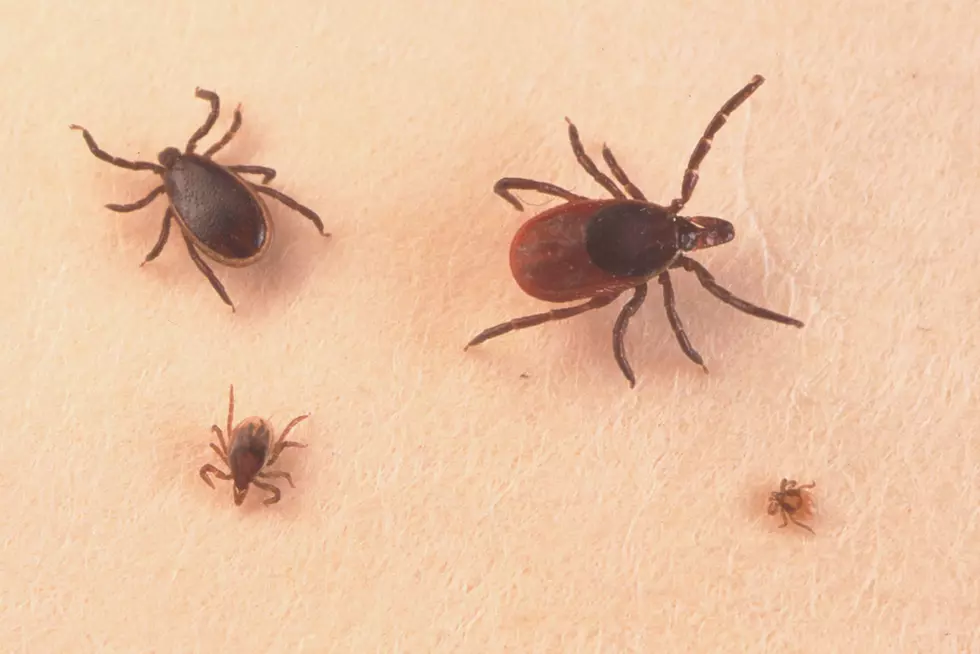
Tick, Lyme Problem Worsening in New Jersey, Experts Say
Lyme disease was diagnosed in more than 5,000 New Jersey residents in 2017 — the highest number in close to two decades.
In Monmouth County, cases of tick-borne disease have increased by more than 200 percent since 2007.
A tick once known to be nonexistent in the United States, and responsible for spreading disease in other parts of the world, has been spotted in multiple New Jersey counties since mid-2017.
Yet only one county in New Jersey operates a tick surveillance program.
"As the weather gets warmer and people begin spending more time outside, it's so important for us to take a closer look at tick control measures in our state," said Assemblyman Eric Houghtaling, D-Monmouth, who chairs the Assembly Agriculture and Natural Resources Committee.
The committee on Monday invited experts to discuss the prevalence of ticks in New Jersey and their threat to human and animal health.
Much of the conversation surrounded the recent sightings of the East Asian tick in Central Jersey. Discovered on a sheep in Hunterdon County in summer 2017, sightings have since been confirmed in a handful of New Jersey counties. It was later determined that researchers had spotted the species of tick in New Jersey as early as 2013, but misclassified it as another species.
The ticks collected have all tested negative for human and animal pathogens. Experts in the field remain cautious, however, because the tick's bite has proven deadly overseas.
"I think it's extremely important that we get a better understanding of this tick," said Dr. Manoel Tamassia, director of the state Department of Agriculture's Division of Animal Heath. "Without knowing where it is, how prevalent it is, we have our hands tied."
The state Department of Health said 5,092 state residents were diagnosed with Lyme disease in 2017. But the CDC estimates the actual quantity of cases could be 10 times that amount. Using that estimate, tickcheck.com said New Jersey likely saw more than 576,000 true cases of Lyme disease from 2000 to 2016.
Chris Merkel, public health coordinator for Monmouth County, said tick-borne diseases in the county more than doubled over the past decade. In 2017, 24 percent of all tick-borne diseases were diagnosed in children.
"There are currently tick species here in New Jersey that we should be very concerned about — not only the black-legged deer tick, but also the American dog tick and the Lone Star tick," Merkel said.
The Lone Star is known as an aggressive species of tick, one that seeks out a host as opposed to latching on when it's nearby. Its bite can transmit a disease called STARI (Southern Tick-Associated Rash Illness), which is similar to Lyme.
Monmouth is the only county in New Jersey with a surveillance program in place specifically for ticks. Each year, crews collect ticks at sites throughout the county and test for pathogens.
A team at Rutgers University recently compiled a list of 11 tick species that call New Jersey home.
A bill introduced on March 11 by Houghtaling aims to expand New Jersey governments' ability to control their tick population. The legislation appropriates $1 million to establish a pilot program that would award grants to counties and towns that wish to study and develop methods of tick control.
"Statewide we have neglected this issue," Houghtaling said. "It's not going to be easy, we know that. These little things are very pesky and they're hard to control."
More From WPG Talk Radio 95.5 FM










